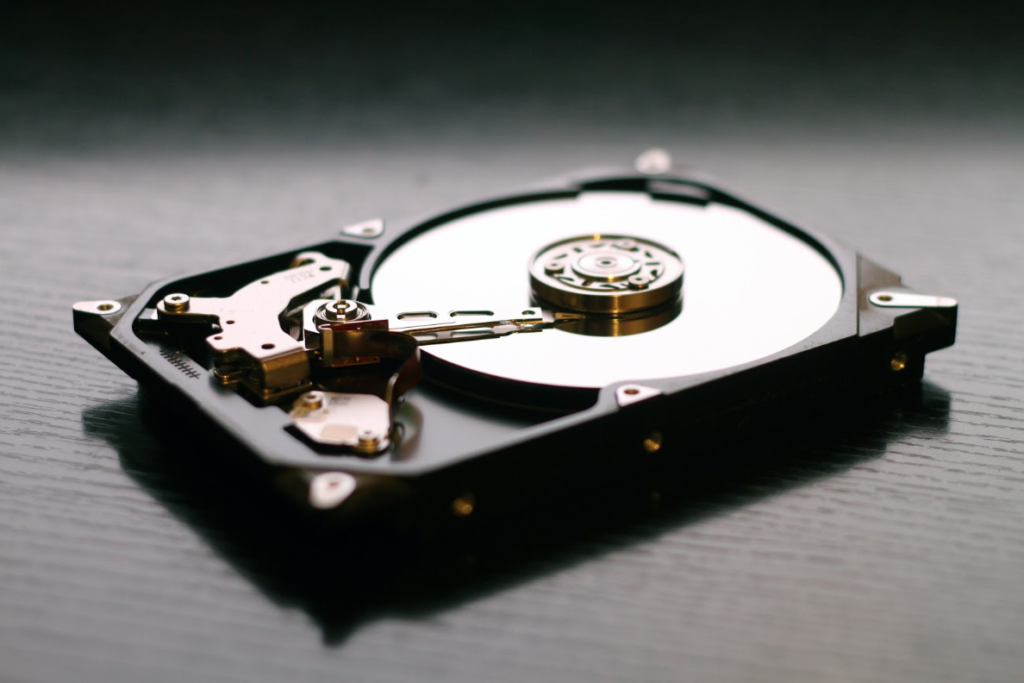There is hardly any better feeling than booting up a computer for the first time, especially if you have been using something pretty old. Getting an upgrade is that much fun.
However, even a brand-new computer is bound to slow down after some time. And if it reaches a point where you can hardly use it anymore, you ought to take a proactive approach and get to the bottom of the problem. Some brands tend to become slower after various updates. One of the examples of such a case could be MacBook. If you feel like the most recent update has made matters worse, you ought to try and salvage the situation. And these tips will certainly help you with that.

Look for Software
There are all kinds of software available for a MacBook. Something to make the computer run smoother is also available. You can find the best mac cleaner software by following this link. And do not pick just one. The more you test, the better off you will be, especially the next time this problem happens.
Clean Disk
If your disk gets too full, it is bound to make matters worse. You need to clean that and get rid of all the unnecessary files. More storage improves overall performance as well, not just the loading speed.
There are multiple different methods to clean the hard drive, but most users prefer using CleanMyMac app as it takes care of the problem masterfully, detecting and removing what can be considered junk.
You can take a more manual approach. Duplicates, apps, and games that you no longer use also make take up quite a lot of space. Look through the list of what you are using and think carefully about whether you should be keeping that on your computer. If it is unneeded, get rid of it.
Remove Adware and Malware
Even if you believe that your system is protected from viruses and all that, you can never be certain about these things and need to run scans using the anti-virus software you are using.
There are certain practices that will allow you to protect beforehand and avoid any potential problems that viruses, malware, or adware could cause. Make sure that your OS is always up-to-date and that you pay attention to things you download and install into the computer.
Use the Right OS Version
This may sound a bit weird, but depending on your model, you may want to keep track of what kind of OS you are using.
For instance, those who have relatively new MacBook models should definitely stick the most recent Mojave update as it improves the overall performance, stability, and all that.
On the other hand, the same Mojave update is known to make things worse on older models. Hardware limitations are the determining factor, and if you do not have 2GB of memory and 12.5GB of storage to spare, then you are better off sticking to the older OS version.
SSD Upgrade
Hard drive disk can be upgraded into solid state drive and you will definitely notice the difference immediately. This sort of thing is quite common nowadays for more than just MacBooks.
One of the best things about it is the fact that you can find quite a decent SSD for a low price since new drives are released all the time, making old ones cheaper.
Browse through the stores and see what are some available options. You are bound to find something affordable even if you do not have that great of a budget.
Reset System Management Control
Some solutions are more simple than others. This sentiment applies to resetting your SMC. System management control problems are quite common even in newer models, and you can find a video tutorial online that shows what you need to do to reset that.
More Memory
Similar to switching to SSD, adding extra RAM will also make a difference. This one is especially useful for everyone who relies on apps a lot. So if you spend most of your time playing video games, working with various editing programs and so on, getting more RAM will allow the computer to respond to apps faster and not freeze during random moments.
Get Into Better Using Habits
You have to admit that it is not always the computer’s fault it decides to suddenly slow down. Well, it so happens that if you are careful with how you use it and build better habits, the problem might not be that frequent.
Start by keeping your desktop cleaner, do not multitask with multiple apps running at the same time, restart the MacBook every now and then, periodically delete useless stuff, and make sure that updates are always active.
It becomes much easier to get in these kinds of habits if you have been using a MacBook for a long time. Do not fret too much if you are still lacking experience as that will come on its own eventually.
